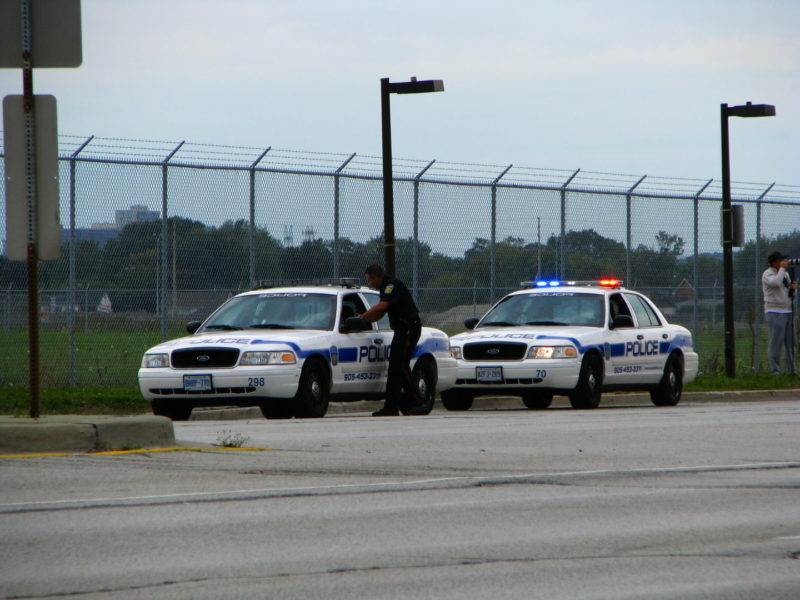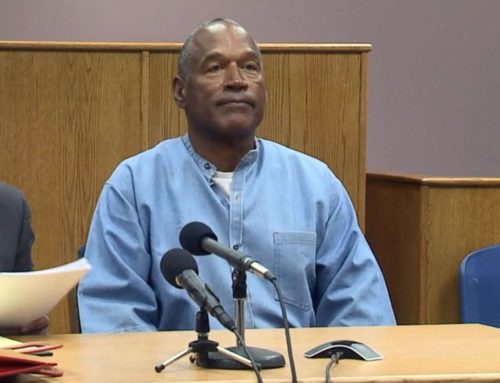In 1910 New York established itself as one of the very first jurisdictions to institute a law aimed to prevent drunk driving. This seminal effort carried a severe penalty of incarceration if a motorist was found to be intoxicated, but there was no approved method to measure how much alcohol had been consumed in order to prosecute suspected drunk drivers. That law, New York Highway Law § 290(3), intended to punish those who operated a motor vehicle while in “an intoxicated condition” but offered no definition or guidance of what intoxication actually meant.
The use of the scientific breath testing for alcohol transformed with the evolution of newer scientific advances and their inevitable application to law enforcement. Increasingly, police departments began utilizing and then relying on scientific methods in the detection of criminal conduct, including DWI. In 1938 the American Medical Association created a Committee to Study Problems of Motor Vehicle Accidents. Simultaneously, the National Safety Council launched a Committee on Tests for Intoxication. These committee studies produced a recommendation that chemical testing be employed to establish a blood alcohol level which would define the legal limit where a driver would be considered to be intoxicated. The consensus made a determination that .15 percent or more of alcohol in the blood should be recognized as reflecting an intoxicated condition, something that subsequent widespread legislation adopted. Any driver with less than .05 percent of alcohol in their blood would be presumed to be sober and those tests which ranged between .05 – .15 percent would be considered inconclusive. Over that time the legal limit was reduced to .10 and eventually .08.
Highway Law § 290(3) remains, in spirit, embodied in today’s New York Vehicle and Traffic Law § 1192(3), referred to colloquially as common law driving while intoxicated. Unlike in 1910, today’s DWI enforcement depends heavily upon breath testing, in part because blood testing everyone suspected of DWI would be inefficient and cost-prohibitive. In making it cheaper and easier, our police and prosecutors are admittedly arming themselves with evidence that is less precise and less accurate when they indirectly test someone’s blood alcohol content via their breath.
It should be concerning to all citizens that our government is preferring scientific evidence that is not the most scientifically accurate evidence available. While it may be impractical to stick a needle in the arm of everyone suspected of DWI, it should be noted that police protocol for those accused of automobile-related fatalities or impairment by drugs, is to directly blood test those suspected. This is because direct blood testing is the most accurate method and breath testing is secondary, at best.
While the Empire State paved the way with early legislation, New York has now slowly slipped behind the curve when it comes to the science and technology ubiquitous in today’s DWI laws. Specifically, New York remains among a shrinking list of states that fail to provide more than one breath test when a suspect is arrested for DWI; there is also no mandate for the video recording of the test to ensure proper administration and lastly there exists no law enforcement obligation to preserve evidence which will be used to prosecute a motorist. This article intends to demonstrate that the journey from the enactment of historic legislation in 1910, to present day has left New York lacking in three procedural safeguards necessary in DWI investigations, and as a result its citizens are currently vulnerable to substandard breath testing evidence.
Multiple Samples Are Needed
First, we should demand that law enforcement take two breath samples and test each independently. If it isn’t mandated then it simply will not occur on its own. Good testing is always dependent upon confirmation and control. Today, a growing number of states require that two properly given breath tests be administered to a suspect to ensure accuracy. Those two breath tests, before their results are admissible in court, must correlate within a certain range to ensure scientific reliability.
Scientific protections are vitally important to guarantee precision in evidentiary breath testing and New York’s misguided reliance on the single breath test is scientifically unsound. Michael Hiastala, University of Washington Professor of Physiology, Biophysics and Medicine specified that breath testing “is a very inaccurate method for measuring BAC. Even if the breath testing instrument is working perfectly, physiological variables prevent any reasonable accuracy.” He went on to maintain that “breath testing for alcohol using a single test method should not be used for scientific, medical or legal purposes where accuracy is important.” Hlastala, Physiological Errors Associated with Alcohol Breath Testing, 9(6) The Champion 19 (1985). Where is accuracy more important than when someone is potentially facing a prison sentence?
Video Recording Is Essential
Second, the cost of employing a video camera in breath testing rooms at a sheriff’s department or police barracks is minuscule. We should, as good citizens, not only expect video evidence but demand it. The administration of the test is important, as is the observed condition of the suspect. Juries should not be dependent upon police officer testimony in order to determine whether or not the defendant actually had slurred speech, glassy eyes or impaired motor coordination. They should be able to see that directly for themselves on a large screen.
Saint Augustine famously declared that: “The truth is like a lion. You do not have to defend it. Let it loose. It will defend itself.” In the same way, video evidence showing the test and of the defendant is indispensably important in DWI cases and sadly lacking, especially among the New York State Police, who have the resources to stick a video camera in each and every room devoted for breath testing. The technology has long been in existence, its’ use should be mandated so we can make it easier for judges and juries to see in real time instead of relying on testimony. “When you put a camera on a police officer, they tend to behave a little better, follow the rules a little better,” Rialto, California Police Chief William Farrar has stated.
The Breath Sample Needs To Be Preserved
Lastly, evidentiary breath testing devices typically contain built-in technology to preserve the tested breath sample for retesting. Preservation does not happen unless it is mandated. That technology is not used because it is not required of law enforcement in the majority of states. Several scientific studies have indicated that breath test accuracy may be unreliable. One study concluded that breath test results fluctuate at least fifteen percent from an individual’s blood alcohol content. Simpson, Accuracy and Precision of Breath-Alcohol Measurements for a Random Subject in the Postabsorptive State, 33(2) Clinical Chemistry 261 (1987). Independent testing a sample then becomes more and more important, especially given some of the laboratory scandals that have rocked the scientific and legal community.
Sometimes more than a quarter of those tested provided a result in excess of their true blood alcohol content or BAC. “Given the choice, it would seem that if a conclusion is to be made about the BAC of a random subject, especially when the conclusion can have serious consequences, it would be far preferable to make it on the basis of a direct If the machine tests a breath sample improperly or it identifies another compound in that breath as ethanol, then errors will occur. Preserving the sample for retesting is simple. Breath testing devices are intended to measure alcohol in a person’s breath and then they estimate, by applying a formula, the percentage of alcohol in that individual’s bloodstream. The science behind the technology relies on a series of assumptions. Some states, like New Hampshire, require that the breath sample be preserved so that a defendant can have the opportunity to have that sample retested by an independent laboratory. What started in 1910 as a mission to protect drivers, has now evolved into a process lacking in necessary safeguards. Ultimately, the State of New York has proven itself unwilling to recognize the flaws in its methodology surrounding DWI prosecutions. The even more unfortunate truth is that it is the citizens of New York who are paying the price when they lose their licenses, jobs, and in some cases even their freedom at the hands of a criminal justice system that uses less than the best possible scientific evidence. The exclusive purpose of this article is educational and it is not intended as either legal advice or a general solution to any specific legal problem. Corporate offices for Nave + Associates (formerly Anelli Nave) are located at 432 N. Franklin Street, Suite 80, Syracuse, NY 13204; Telephone No.: 1-866-792-7800. Prior results do not guarantee a similar outcome. Attorney Advertising.





